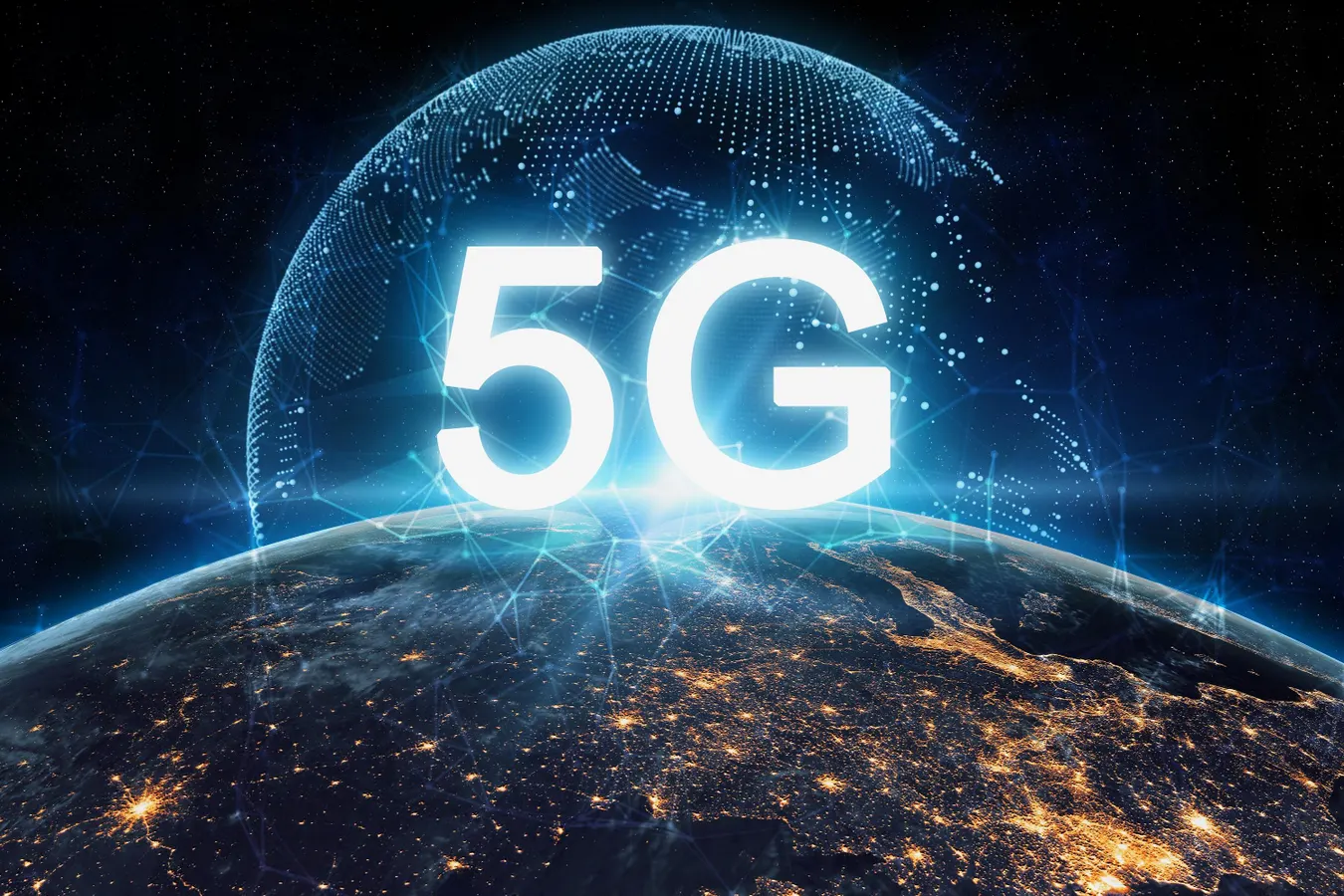Impact of 5G on Media Services
The advent of 5G technology is poised to revolutionize the landscape of media services, offering unprecedented speed, reliability, and connectivity. As the fifth generation of mobile networks rolls out globally, industries, including media and entertainment, are preparing to leverage its capabilities to deliver enhanced experiences to consumers. In this article, we explore the profound impact of 5G on media services, highlighting key advancements, opportunities, and challenges in the evolving digital ecosystem.
The media landscape is on the cusp of a transformative era. Fueled by the blazing-fast speeds and ultra-low latency of 5G technology, media services are poised to deliver unprecedented experiences for users. From high-fidelity streaming to immersive virtual reality entertainment, 5G promises to redefine the way we consume and interact with media content. Let’s explore the exciting impact of 5G on media services and how it’s shaping the future of entertainment.

Enhanced Streaming Quality and Speed
5G’s ultra-fast speeds and low latency significantly enhance streaming capabilities, enabling seamless delivery of high-definition (HD) and even 4K video content to mobile devices and smart TVs. Media streaming platforms can provide smoother playback, reduced buffering times, and higher resolution options, enhancing user experience and satisfaction.
Immersive Augmented Reality (AR) and Virtual Reality (VR) Experiences
5G’s high bandwidth and low latency are set to unlock new possibilities for immersive AR and VR applications in media and entertainment. These technologies can create interactive experiences such as virtual concerts, live sports events in VR, and augmented reality overlays during TV broadcasts, blurring the lines between virtual and real-world experiences.
Real-Time Content Delivery and Interactivity
With 5G, media services can deliver real-time content updates, live streaming of events, and interactive features that engage audiences in novel ways. Viewers can participate in live polls, chat with broadcasters, and access synchronized content across multiple devices simultaneously, enhancing engagement and viewer retention.
Edge Computing and Content Distribution
5G networks leverage edge computing capabilities to process data closer to users, reducing latency and improving response times. This enables efficient content distribution, personalized recommendations, and seamless transitions between different media formats, optimizing the overall user experience.
Opportunities for Innovation and Monetization
5G’s transformative impact extends beyond consumer experiences to open new avenues for innovation and monetization in the media industry:
- Dynamic Ad Insertion: Real-time ad targeting and insertion based on viewer behavior and preferences, maximizing ad relevance and effectiveness.
- Personalized Content Delivery: AI-driven algorithms analyze user data to deliver personalized content recommendations, driving engagement and subscription revenues.
- Enhanced Live Event Coverage: 5G enables broadcasters to deliver high-quality, immersive coverage of live events such as sports, concerts, and news updates, attracting larger audiences and sponsorship opportunities.
Challenges and Considerations
Despite its immense potential, the deployment of 5G in media services presents several challenges that industry stakeholders must address:
- Infrastructure Investment: Building and upgrading network infrastructure to support 5G capabilities requires significant investment from telecommunications providers and content distributors.
- Regulatory Compliance: Adhering to regulatory frameworks governing data privacy, content distribution rights, and network neutrality to ensure fair and transparent access to media services.
- Security Concerns: Protecting user data, content rights, and network integrity against potential cybersecurity threats and vulnerabilities in a hyper-connected 5G ecosystem.
Future Outlook
As 5G continues to roll out globally, its impact on media services will continue to evolve, driving innovation, transforming consumer experiences, and reshaping business models across the industry. Embracing these advancements in connectivity and technology will enable media companies to stay competitive, deliver compelling content, and capitalize on new revenue opportunities in the digital era.
Conclusion
The integration of 5G technology marks a pivotal moment for media services, ushering in a new era of connectivity, speed, and interactivity. By harnessing the capabilities of 5G networks, media providers can deliver enhanced streaming quality, immersive AR/VR experiences, real-time content delivery, and innovative monetization strategies. As the rollout of 5G networks accelerates worldwide, stakeholders in the media industry must adapt to seize opportunities, address challenges, and shape the future of media consumption in a 5G-powered world.


